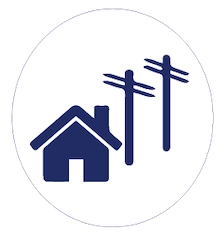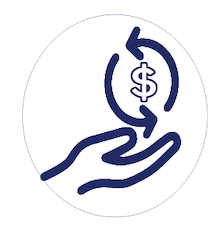Save Energy

Energy Usage Analysis
It is important to take steps to understand and manage energy costs. Daily usage data from your meter can provide valuable insight into your usage patterns, and potentially help to identify irregular spikes in usage due to various reasons. Click here for more information.

Payment Assistance
LCEC works with many social service agencies within the community to provide bill payment assistance to
customers experiencing hardship. There are several assistance programs that can provide assistance in the areas of food, shelter and employment.
United Way of Lee, Hendry and Glades 211
United Way of Collier County
LCEC Power to Share Program – simply dial 211 or 239-433-3900 for an assessment
EHEAP – Emergency Home Energy Assistance for the Elderly Program
LIHEAP – Low Income Home Energy Assistance Program


